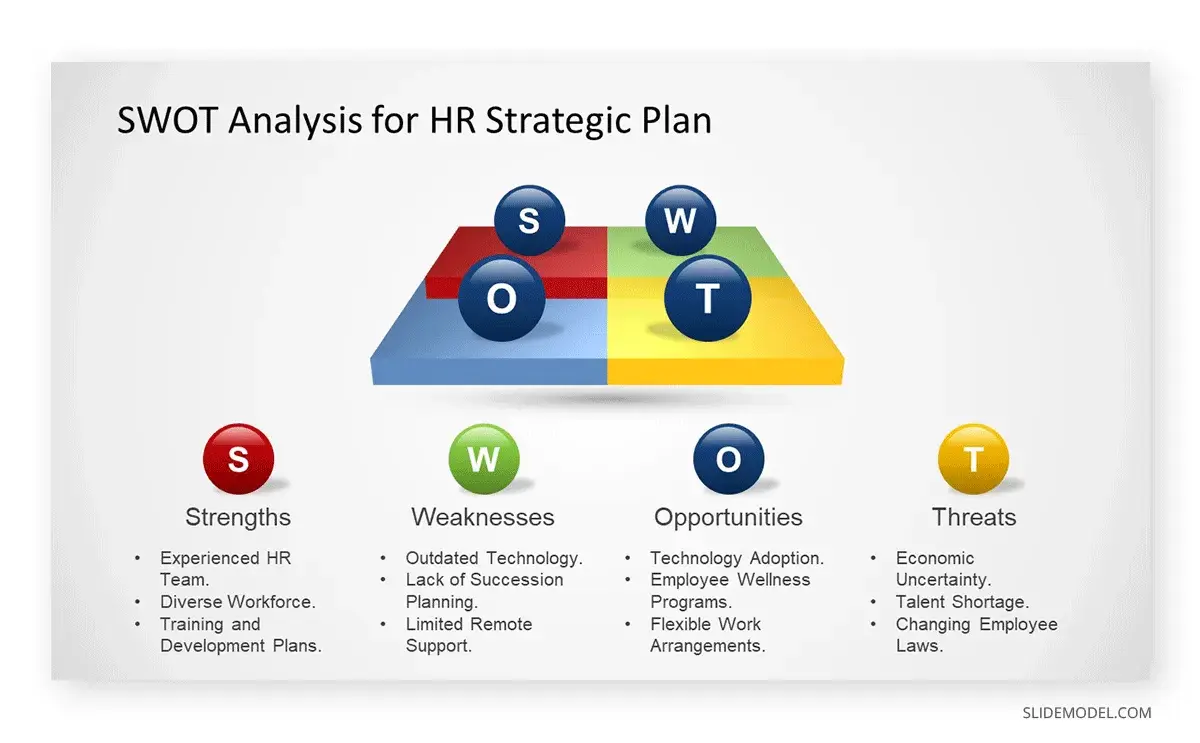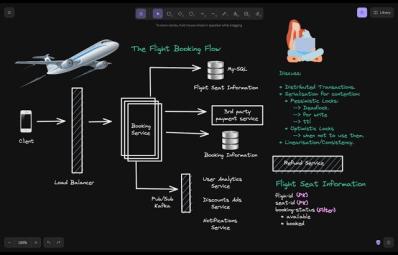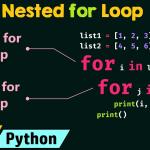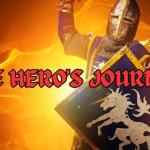Posted At: Feb 27, 2025 - 65 Views

Introduction
Human resource planning plays a critical role in ensuring that an organization's workforce is aligned with its long-term business goals. This discussion explores HR’s role in strategic planning, the importance of job analysis, workforce forecasting, and modern succession planning trends.
🚀 Download the Full Discussion (PDF): Click Here
1. Strategic Workforce Planning in HRM
Strategic workforce planning helps organizations align HR initiatives with business strategy by:
🔹 Forecasting future workforce needs based on market trends and technology advancements.
🔹 Ensuring that HR policies support long-term business objectives.
🔹 Enhancing organizational efficiency, agility, and employee performance.
💡 Key Takeaway: HR is a strategic business partner, ensuring that talent management aligns with corporate success.
2. Job Analysis: A Foundation for Workforce Management
Job analysis systematically evaluates and defines job roles, responsibilities, and requirements.
📌 Methods of Job Analysis:
✔ Task Analysis – Breaks down tasks to define skill requirements.
✔ Interviews – Collects detailed job-related insights from employees and supervisors.
✔ Surveys & Questionnaires – Gathers a broad range of job performance expectations.
✔ Direct Observation – Provides firsthand insight into job functions.
💡 Why It Matters: Job analysis is essential for hiring, performance evaluations, training, and compensation decisions.
3. Succession Planning: Preparing for Future Leadership
Succession planning ensures business continuity by identifying and developing future leaders.
📌 How Succession Planning Has Evolved:
🔹 From executive-focused to company-wide leadership development.
🔹 Increased focus on diversity, equity, and inclusion (DEI) in leadership pipelines.
🔹 Use of technology and data analytics to identify high-potential employees.
💡 Strategic Insight: Organizations that invest in inclusive and proactive succession planning are better equipped to navigate workforce changes and industry disruptions.
Conclusion
HR planning, job analysis, and strategic workforce management are key drivers of organizational success. By implementing effective HR strategies, competency modeling, and inclusive succession planning, businesses can build a resilient and future-ready workforce.
📥 Download Full Discussion (PDF): Click Here
Related HRM Resources 📚
🔹 How to Align HR Strategy with Business Goals
🔹 The Importance of Job Analysis in HRM
🔹 Modern Succession Planning Strategies
📌 Need help with academic research in HRM? 🚀 Our professional writers at Highlander Writers are here to assist with HR case studies, essays, and research papers!
Leave a comment
Your email address will not be published. Required fields are marked *










